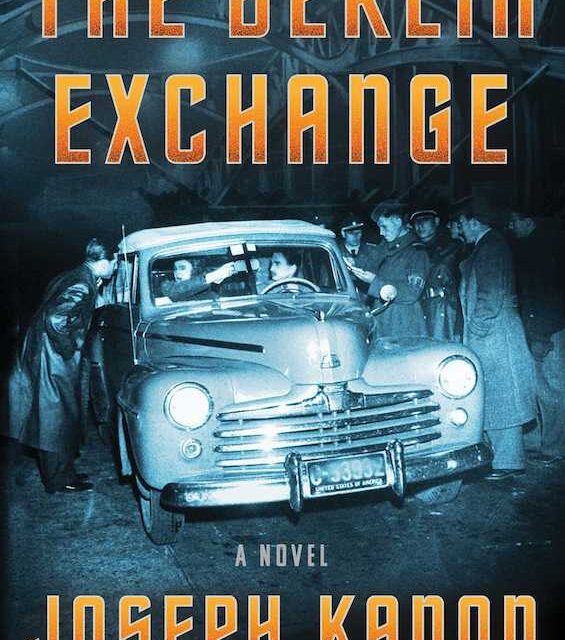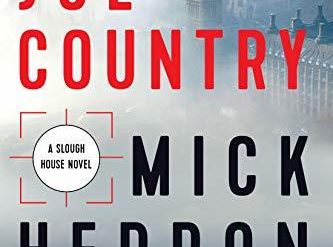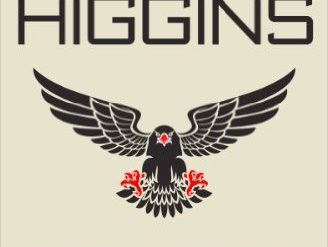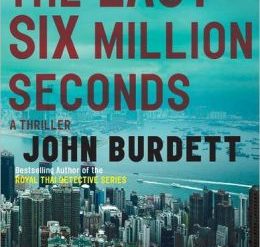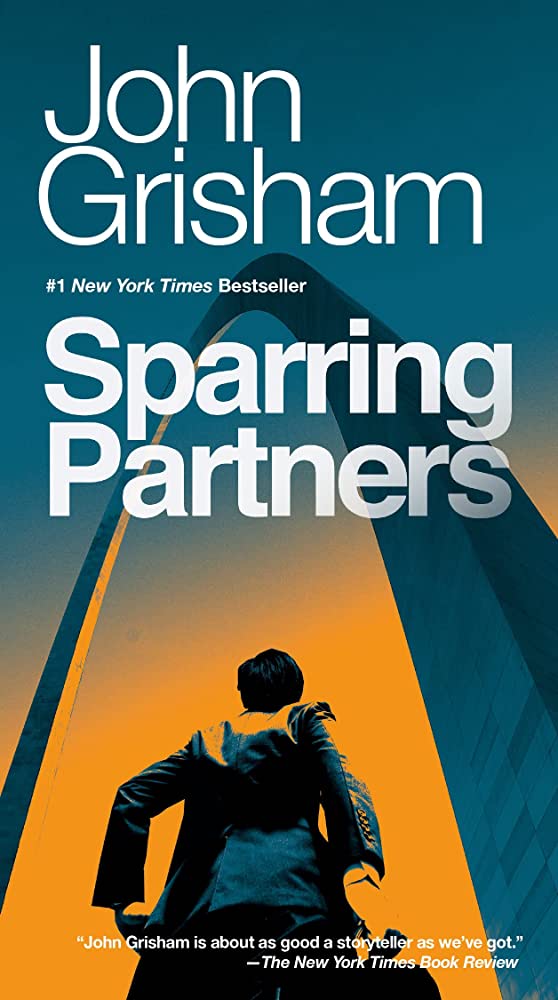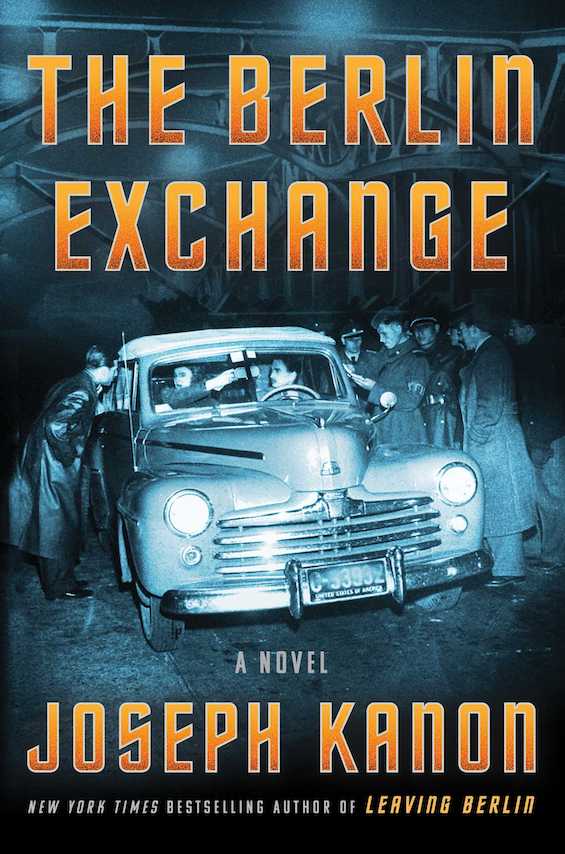
The two decades following World War II brought a rush of unwelcome revelations to Great Britain and the United States. One by one, spies working for the Soviet Union surfaced. The FBI and MI5 uncovered some, including Julius and Ethel Rosenberg in the US and Klaus Fuchs in the UK. Others—most notably the Cambridge Five—successfully fled, defecting to the USSR. Many of the secrets these spies revealed to the Soviet Union involved the development of atomic weapons. In The Berlin Exchange, Joseph Kanon weaves a suspenseful tale centered on two such Soviet agents, both nuclear physicists, who turn up in East Germany in 1963.
A spy swap in East Berlin—and a shooting
Kanon’s tale opens in Berlin in 1963 as an exchange of prisoners takes place between East Germany and the West. Martin Keller is an American physicist who had worked at Los Alamos and Harwell and funneled atomic secrets to the Soviets. He has been released from prison in England and sent to East Berlin in exchange for an MI6 agent. His ex-wife, Sabine, lives in the city with their 11-year-old son, Peter. Sabine’s new husband, an East German lawyer, had arranged the exchange. It’s one of many he has orchestrated on behalf of his government. But just as Martin makes it across the Invalidenstrasse checkpoint, a bus suddenly hurtles past and someone inside begins shooting into the car at Kurt and Martin. Was Kurt the target? Martin? And, in either case, why? The mystery hangs over the tale that ensues.
The Berlin Exchange by Joseph Kanon (2022) 320 pages ★★★★★
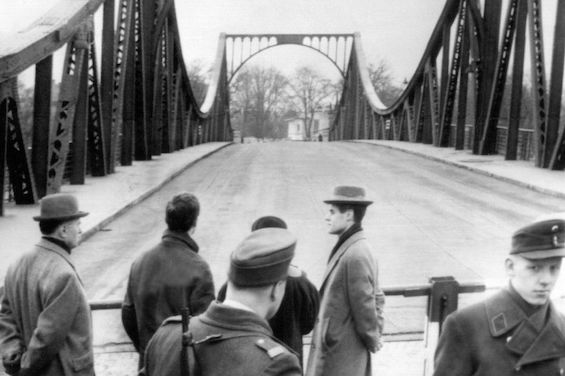
Three Western nuclear physicists at work in East Germany
For Martin, the exchange is all about reuniting with his son. But the East Germans have a use for him. He is to go to work in the East German nuclear weapons research program along with Stefan Schell and Klaus Fuchs. Schell had worked with Werner Heisenberg in the Nazi nuclear development program. And Fuchs, an emigré to the West before the war, had famously delivered a torrent of top-secret information to Stalin about both the American and the British nuclear programs. Fuchs, as Kanon portrays him, is a committed Communist. Stefan, who was Martin’s friend years earlier, is disillusioned by his experience in the Soviet Union and East Germany and wishes to escape.
Kanon adroitly builds suspense along two tracks. As Kurt involves him in his work exchanging prisoners for Western goods and hard currency, Martin learns more and more about the corrupt system propping up the East German government. Meanwhile, he gradually builds a plan to escape to the West with Sabine, Peter, and Stefan.
The real-world facts behind the story
Martin Keller and Stefan Schell are, of course, fictional. But Klaus Fuchs is not. Nor are the East German and Soviet nuclear research facilities at Arzamas, Dubna, and Rossendorf where the three Western physicists are sent to work in the story. And the exchange program under which Martin arrives in East Berlin is also squarely based on fact.
The Germans had a word for it, of course. A long one. Häftlingsfreikauf, or prisoners’ ransom. From 1962 to 1989, East Germany essentially sold some 34,000 political prisoners to West Germany for cash and essential goods. The average price was 40,000 deutschmarks per person. The practice ended only in 1989, when the remaining political prisoners in East Germany were released after the Berlin Wall came down.
About the author
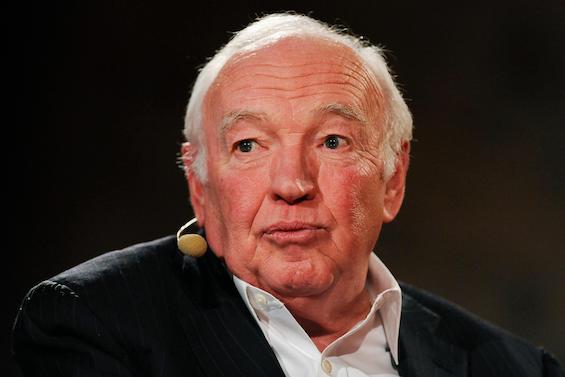
Joseph Kanon was a major figure in the publishing industry for many years before writing his first novel, Los Alamos, in 1997. To date, he has written nine novels, all spy thrillers set in the aftermath of World War II. He was born in Pennsylvania and educated at Harvard University and Trinity College, Cambridge. He lives with his wife, a literary agent, in New York City.
For related reading
I’ve reviewed many other Joseph Kanon novels at Joseph Kanon’s spy thrillers are superb.
I”ve reviewed two other excellent novels about espionage in East Germany:
- Brandenburg Gate by Henry Porter—When Communism lost its grip on East Germany
- The Matchmaker: A Spy in Berlin by Paul Vidich (A dangerous spy game in Berlin before the fall of the Wall)
You might also enjoy my posts:
- The 15 best espionage novels
- 30 good nonfiction books about espionage
- Top 10 mystery and thriller series
- Top 10 historical mysteries and thrillers
If you read spy thrillers, consider dipping into the work of these other excellent authors:
- Charles Cumming’s first-rate spy thrillers
- The evocative Night Soldiers series from Alan Furst
- The spellbinding thrillers of Robert Harris
- Top-notch spy novels from Alex Gerlis
And you can always find my most popular reviews, and the most recent ones, plus a guide to this whole site, on the Home Page.

